As technology expands and consumer needs rapidly evolve, companies that want to maintain a competitive advantage lean on design thinking — a transformative approach to solving complex problems and driving innovation.
Here, we explore what design thinking is, dive into real-world design thinking examples, and share some practical tips for how you can apply this approach to future projects. Whether you’re redesigning a familiar product or creating something entirely new, design thinking can be your secret weapon for innovation.
What Is Design Thinking?
Design thinking is a human-centered, iterative approach to problem-solving that prioritizes empathy, collaboration, and experimentation. To succeed, it’s important to understand the people who will use the product and design solutions to address their needs. At its heart, design thinking is a process that encourages teams to think outside the box, challenge assumptions, and embrace failure as a stepping stone to success.
Great design teams thrive on diverse perspectives, rapid prototyping, and a relentless focus on the user experience. They do this by working through four stages, building on the insights gained from the previous one.
- Clarify the problem: Before jumping into solutions, designers must deeply understand the problem. This involves observing users, gathering insights, and identifying pain points.
- Ideate potential solutions: Once a clear problem is defined, the next step is brainstorming creative solutions by encouraging any and all ideas. Here, team members collaborate and build on one another’s ideas without judgment.
- Test and experiment: Rapid prototyping and testing involves creating multiple mockups, testing them, and iterating based on feedback. Design teams need a “fail often to succeed sooner” mentality to ensure solutions are refined and user-friendly.
- Implement the solution: Teams bring the best ideas to life in this final stage. By combining the most effective features from the prototypes into a single, innovative design, teams land on a final design to satisfy users.
10 Design Thinking Examples
Design thinking is a practical approach that drives innovation across industries. At StudioRed, we’ve used this methodology to tackle complex challenges and create user-friendly products. Below, we’ve curated 10 compelling examples of design thinking in action, including eight projects from our own portfolio.
1. 10X Genomics Xenium Analyzer – StudioRed
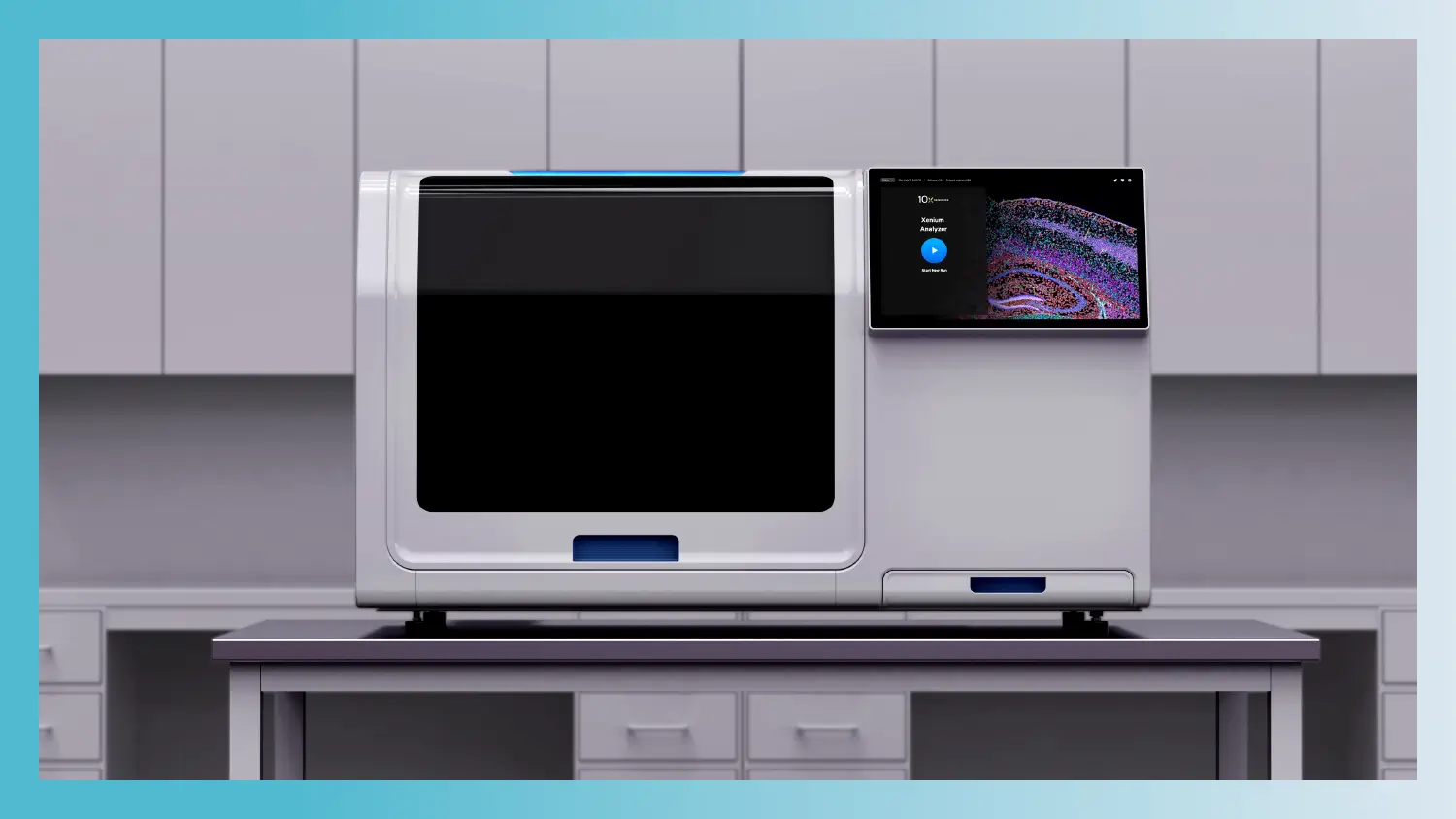
The 10X Genomics Xenium Analyzer is a cutting-edge bioscience instrument that helps researchers map gene expression within tissues, a crucial step in understanding diseases and developing therapies. The challenge was to create a device that not only delivered high-precision results but also offered an intuitive and ergonomic user experience in a lab setting.
Traditional biotech instruments often feel robotic and complex, making them difficult to use. Our goal was to simplify the design, ensuring researchers could focus on their work without being bogged down by operational challenges.
Through iterative prototyping and user testing, we reimagined the analyzer with a focus on simplicity, timelessness, and reliability. Key features include a clean, minimal exterior with subtle visual cues for user interaction and a reagent bottle optimized for ease of use and effortless maintenance. Due to the innovative design and ability to enhance researchers’ daily workflow, this product won the 2023 Good Design Award from the Chicago Athenaeum Museum of Architecture and Design.
2. Trovo – StudioRed
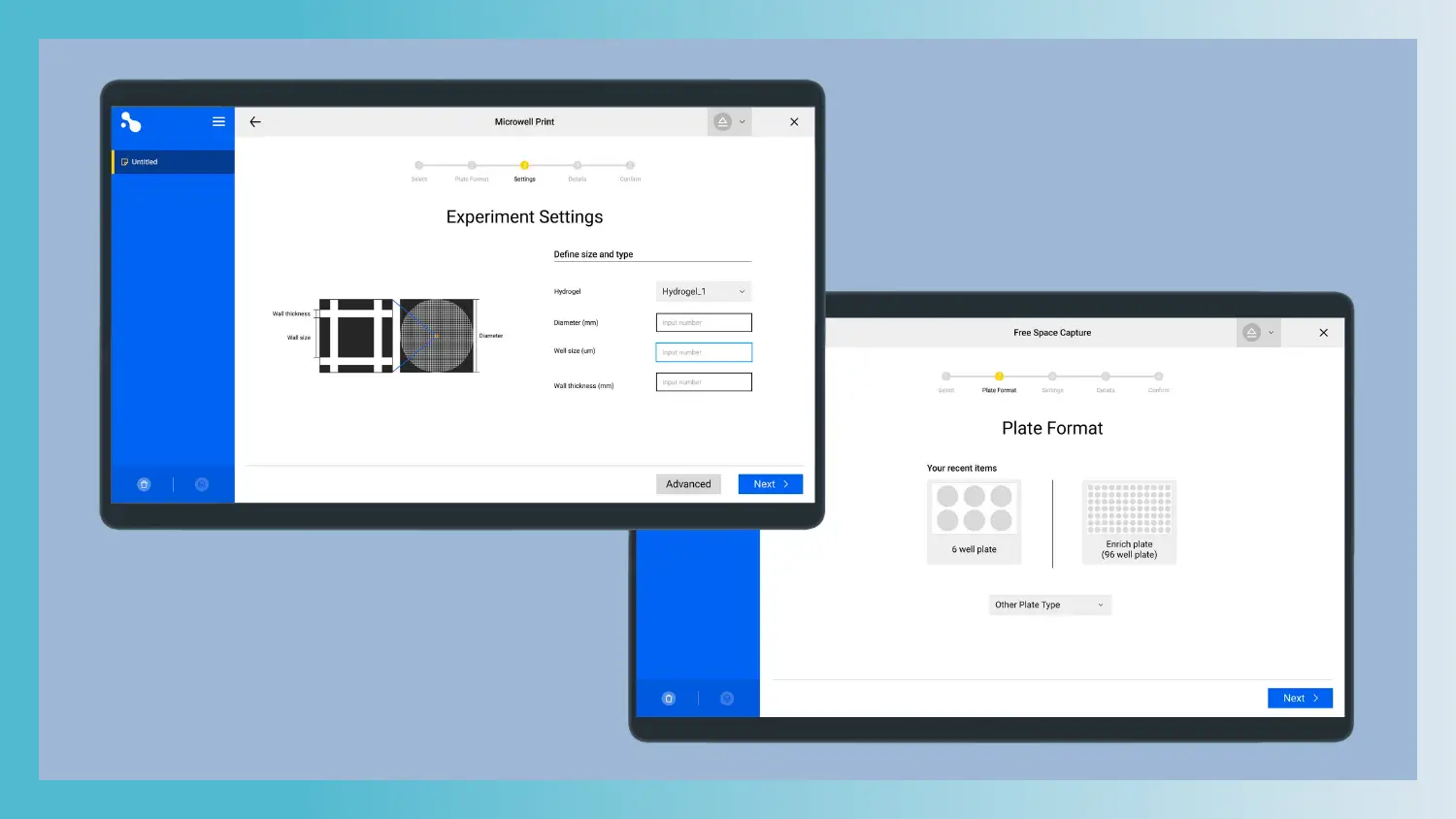
The Trovo platform designed for Enrich Biosystems is a groundbreaking tool for researchers working with single-cell analysis, a critical process for advancements in biotechnology and medicine. The original platform was complex and unintuitive and didn’t integrate well with lab workflows. We were tasked with redesigning the interface to make it more intuitive, flexible, and scalable, allowing researchers to focus on their work rather than wrestling with the software.
Through in-depth user research and iterative wireframing, we redesigned the Trovo interface to prioritize usability and familiarity. The new design simplified workflows, allowing users to easily modify experiment settings and control selections. The design also established a cohesive visual language that aligned with Trovo’s branding for scalability with future products.
The result was an interface that enhances efficiency and accuracy while providing a seamless bridge between digital and physical lab experiences, empowering researchers to achieve their goals with ease.
3. F2022 Warehouse Scanner – StudioRed
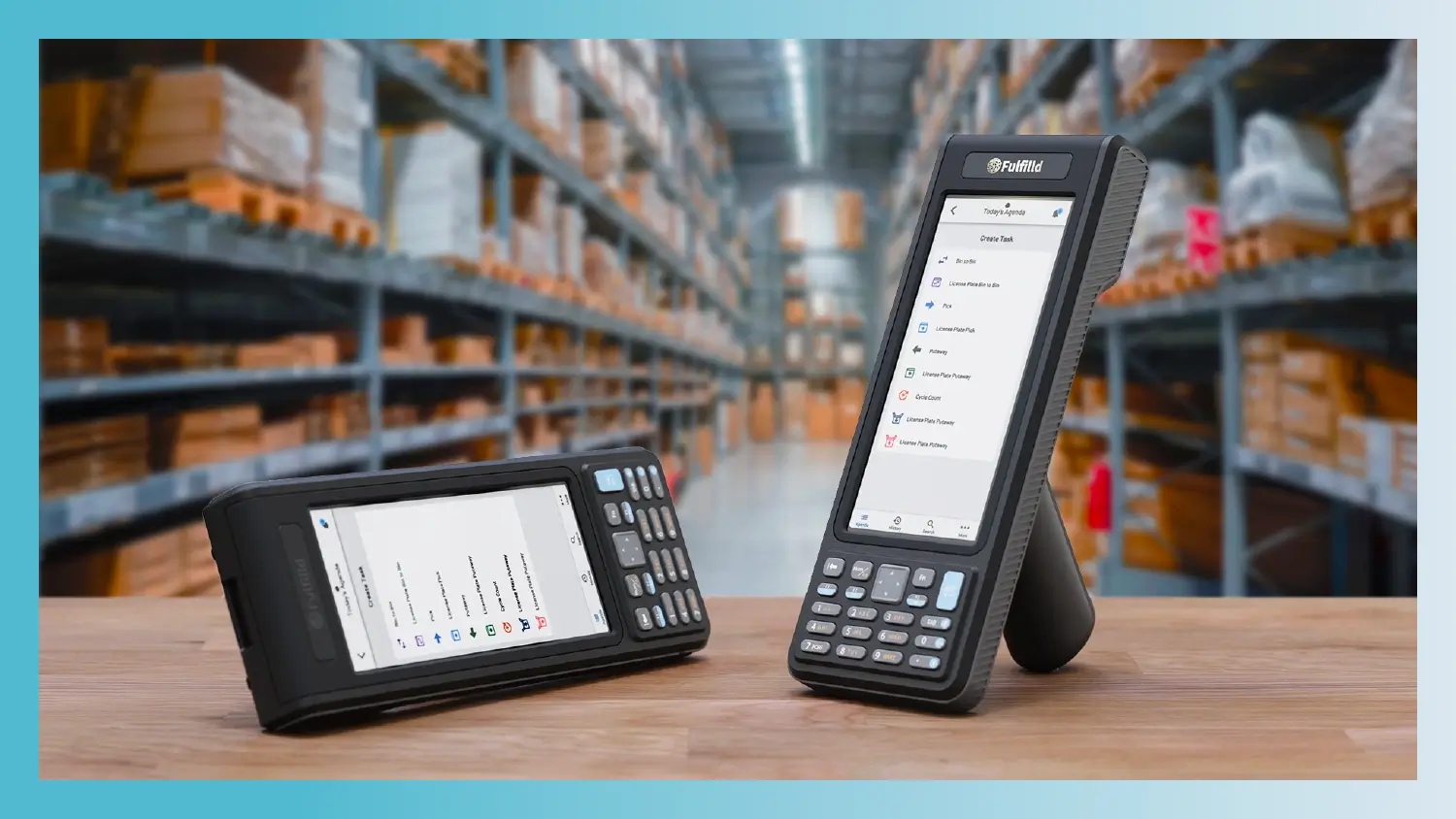
We designed the F2022 Warehouse Scanner to revolutionize warehouse operations by improving efficiency and reducing the physical strain on workers. Traditional scanners often fall short in durability, usability, and adaptability, so we created one that could withstand the fast-paced warehouse environment while providing an intuitive and ergonomic experience. The StudioRed team took on the challenge of creating a scanner that was not only rugged and durable but also comfortable and easy to use.
Through extensive iterations, including dozens of handle and trigger prototypes, we refined the design to prioritize ergonomics and usability. The F2022 is powered by a smartphone, and its design allows it to easily adapt to new devices as technology evolves. The handle includes a lightweight battery for optimal weight balance, enabling workers to use the scanner for up to 12 hours without strain. The end result was a device that improves productivity in warehouse operations and enhances the experience of workers who depend on it.
4. She’s Birdie+ – StudioRed
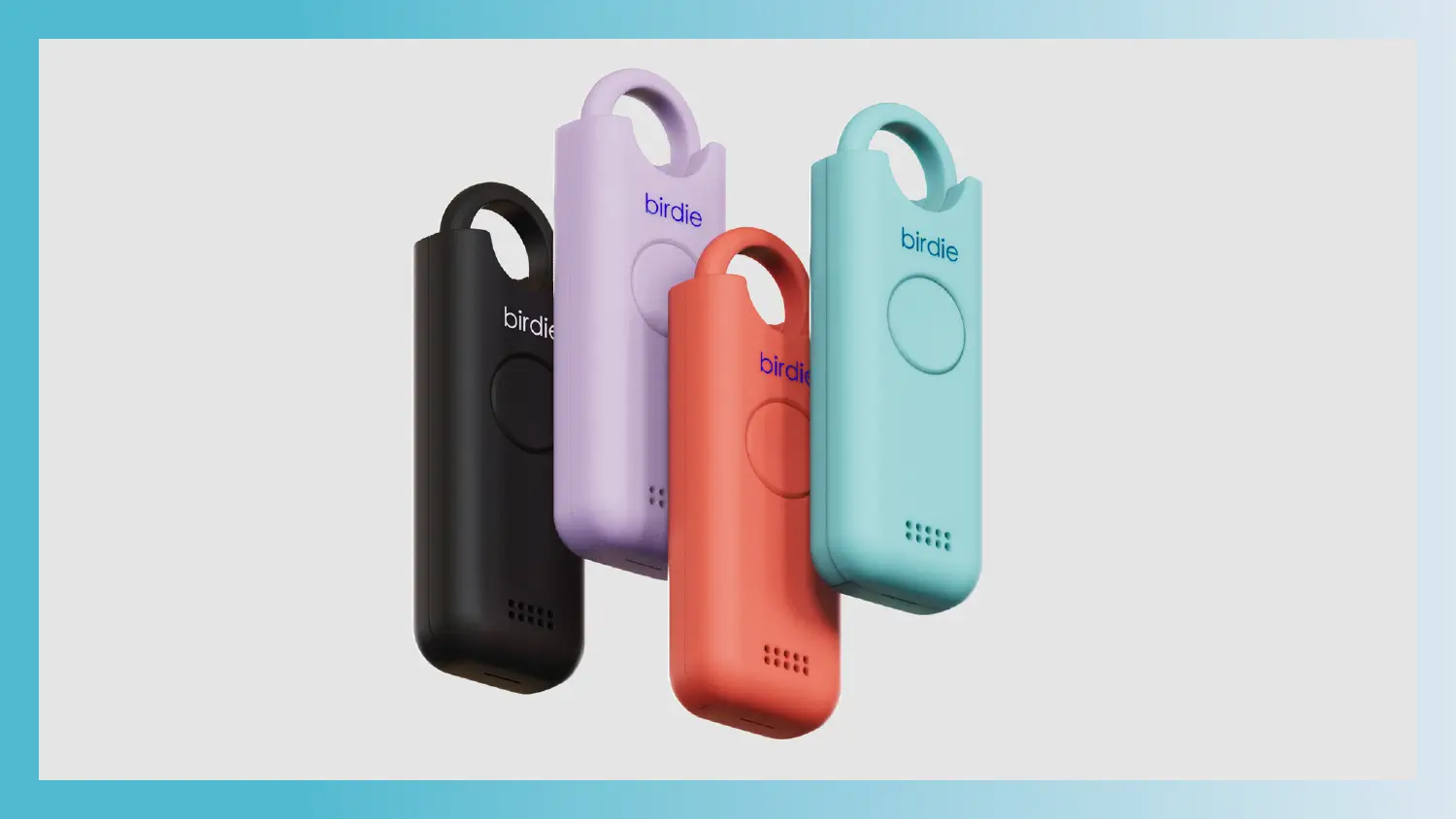
The original She’s Birdie Personal Safety Alarm was created to address a critical need: empowering individuals, particularly women, to feel safe in uncomfortable or threatening situations. Our goal was to develop the new She’s Birdie+, making it both effective and easy to use. The main challenges were ensuring it activates quickly in high-stress situations while remaining portable, non-intimidating, and discreet. We took a human-centered approach, focusing on simplicity, functionality, and user confidence.
After multiple prototypes and creative design thinking, we refined the design for a sleek, approachable aesthetic with intuitive controls — a single button and a pull-tab activation mechanism — to eliminate confusion during emergencies. The alarm emits a siren and flashing strobe light to attract attention, and it includes a 24/7 helpline connection and an “excuse to leave” call feature to add layers of safety.
5. Hatch Baby Grow Smart Changing Pad – StudioRed
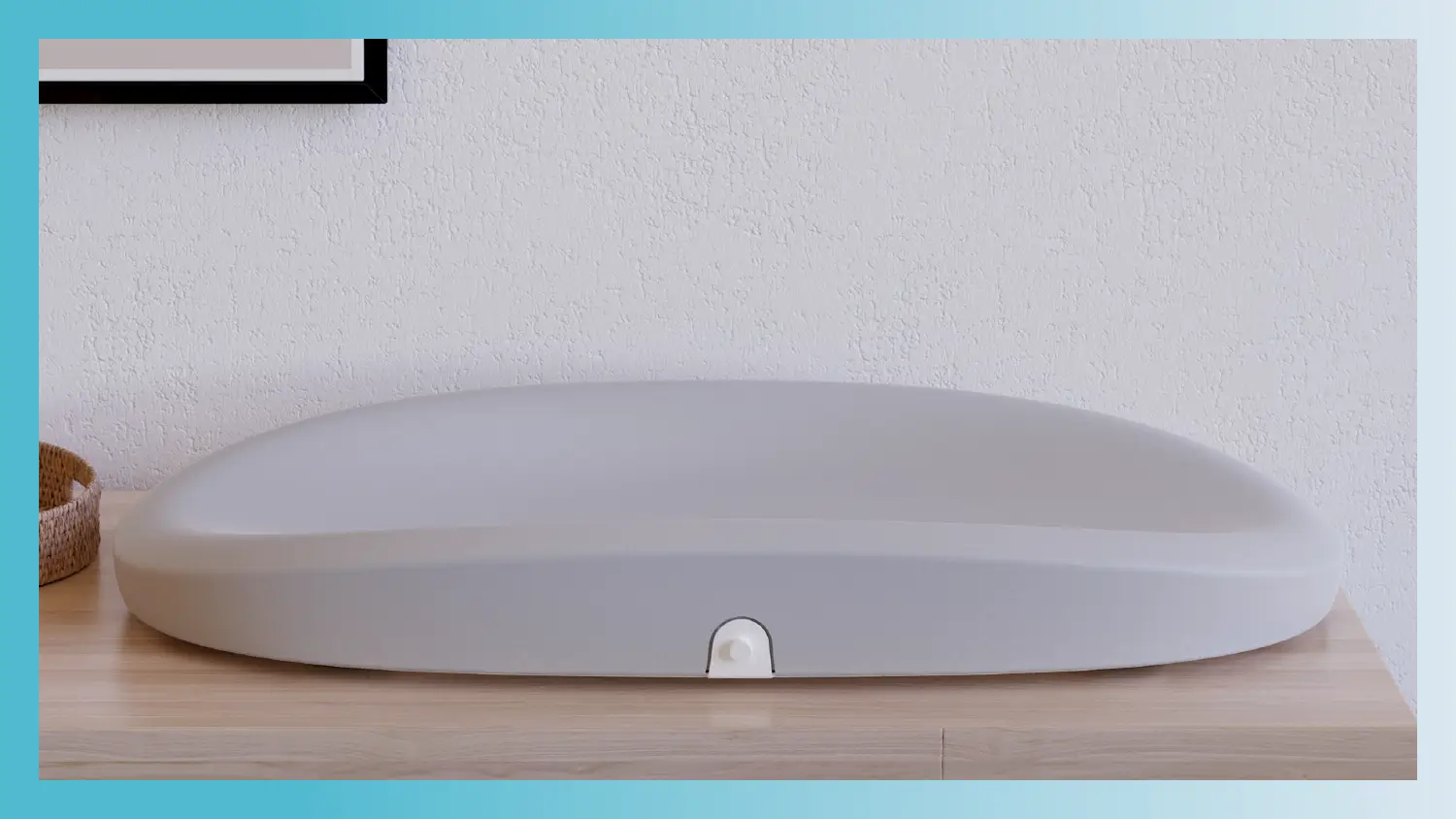
The Hatch Baby Grow Smart Changing Pad was designed to simplify the lives of new parents by combining a traditional changing pad with a built-in smart scale. The primary challenge was creating a product that provided essential health metrics, like weight and feeding patterns, while fitting seamlessly into caregivers’ daily routines.
We needed to create a solution that was easy to use, durable, and aesthetically pleasing, all while ensuring the safety and comfort of the baby.
Through rigorous prototyping and testing, we refined the design to ensure both functionality and comfort. Our team experimented with foam geometry to create a shape that cradled babies securely and developed a ribbed base to prevent deformation.
The final design hides wires and electronics in a molded foam base, creating a sleek, seamless look. It also has ergonomic hand grips for easy portability. This smart changing pad allows parents to effortlessly track their baby’s growth while seamlessly blending into modern nurseries.
6. 7-Eleven Quick Check-Out (QCO) – StudioRed
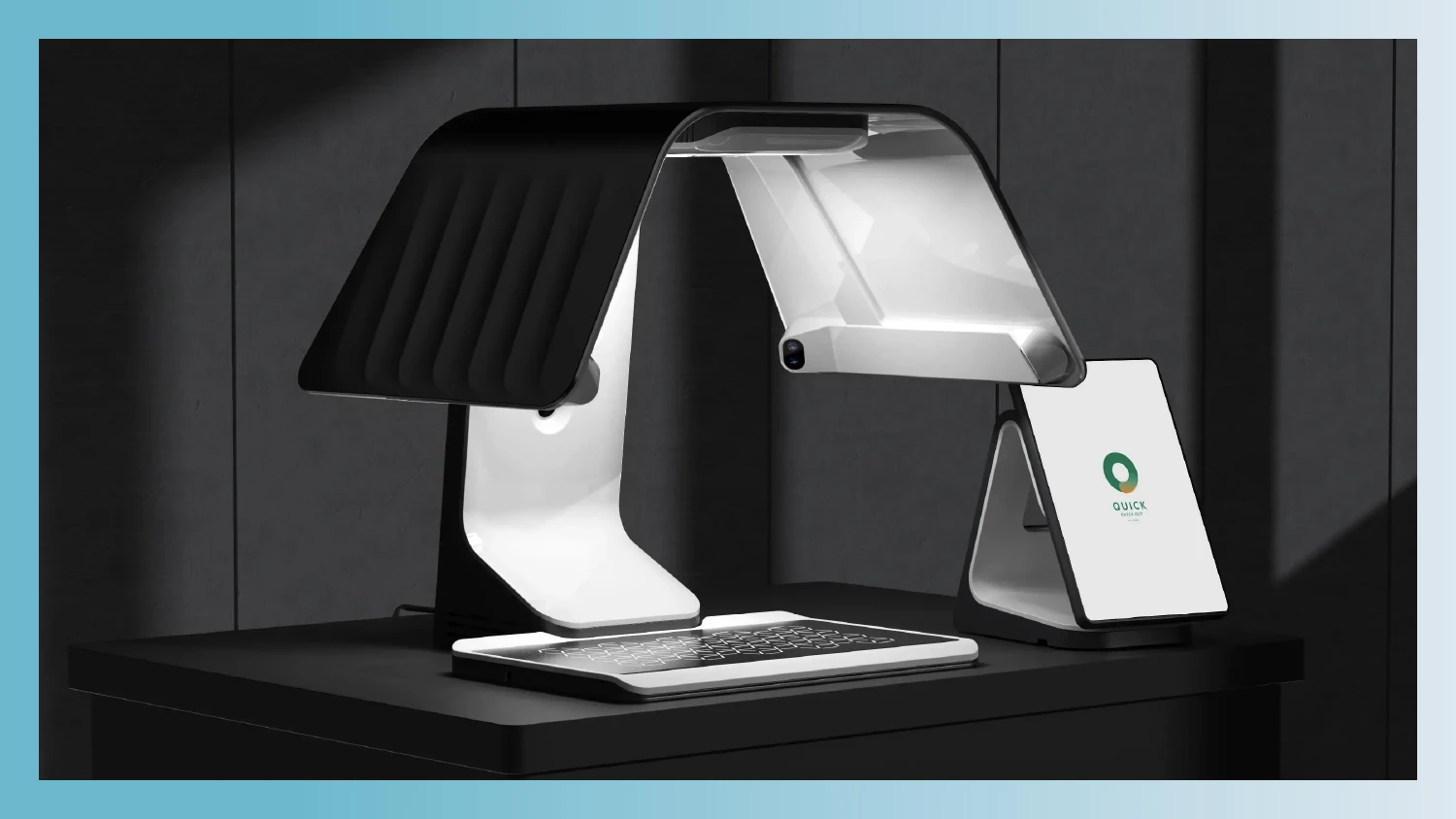
The 7-Eleven Quick Check-Out (QCO) system was born from the challenge of transforming the retail experience by making self-checkout faster and more intuitive. Traditional self-checkout systems often lead to frustration due to clunky interfaces, scanning errors, and difficult payment processes. Our goal was to reimagine the self-checkout process, creating a seamless, efficient, and user-friendly system for both customers and employees.
Our team employed a human-centered design approach by observing shopper interactions and identifying key pain points like long wait times and confusing interfaces. Through iterative prototyping, we developed a streamlined interface with clear instructions, advanced scanning technology, and diverse payment options. The end result was a system that significantly reduced transaction times and improved customer satisfaction.
7. MyBarberRobot – StudioRed
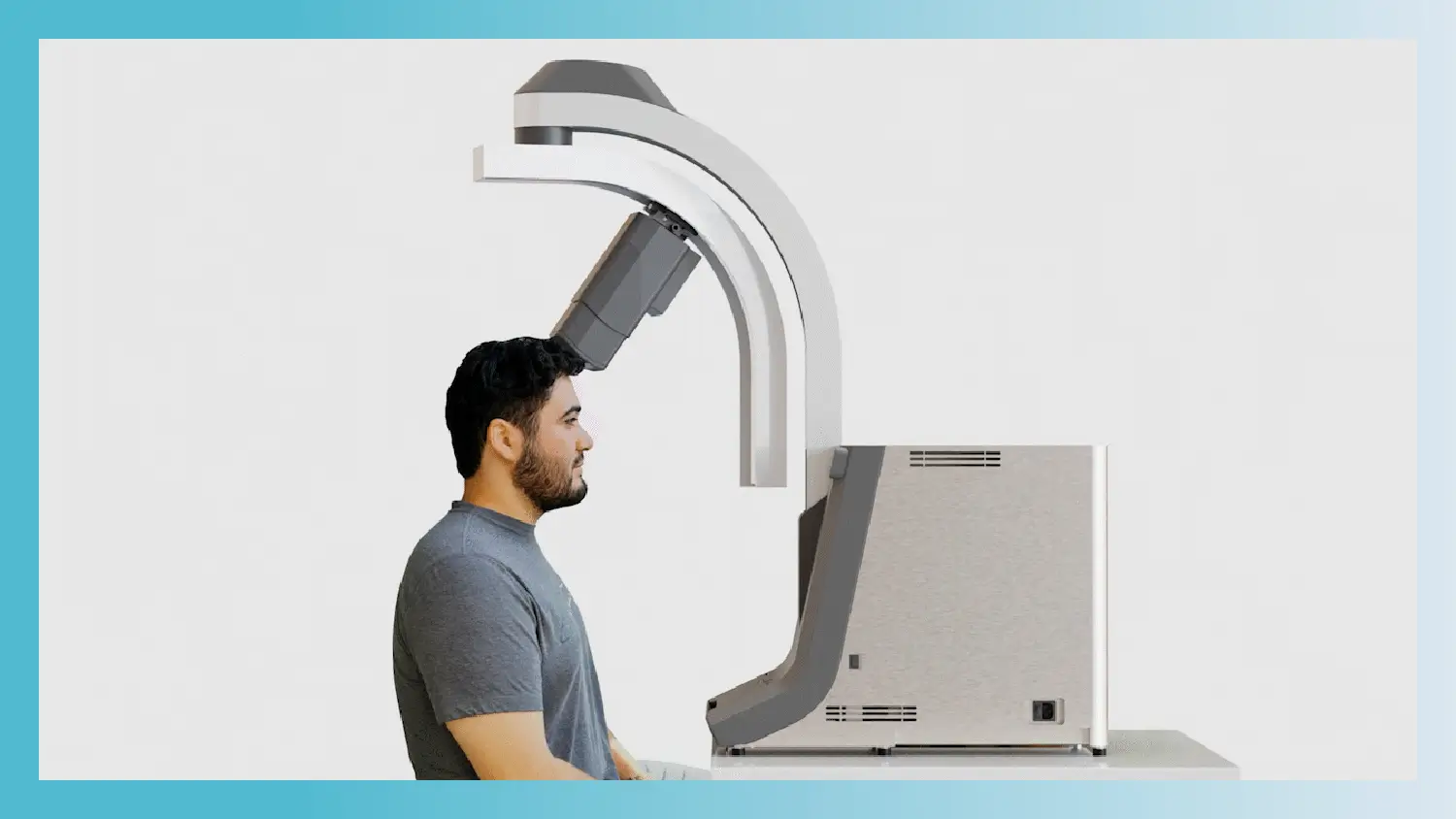
The MyBarberRobot was developed to revolutionize haircuts by combining robotics with precision and convenience. The main challenge was creating a device that could deliver quick, mess-free haircuts in under 20 minutes while accommodating multiple head shapes and sizes and hair types. Our engineering team tackled this using innovative product design to create a curved aluminum rail system, allowing the clipper to pivot and glide effortlessly across the head with an airtight airflow system and efficiently manage hair clippings.
StudioRed’s top priority was safety throughout the design process. Our team integrated front-facing cameras to track head movement, and we added pressure-sensitive sensors to immediately shut the device off if bumped. The result was an innovative robotic hair cutter that delivers consistent, high-quality results while redefining the future of personal grooming.
8. BistroCat Feeder – StudioRed
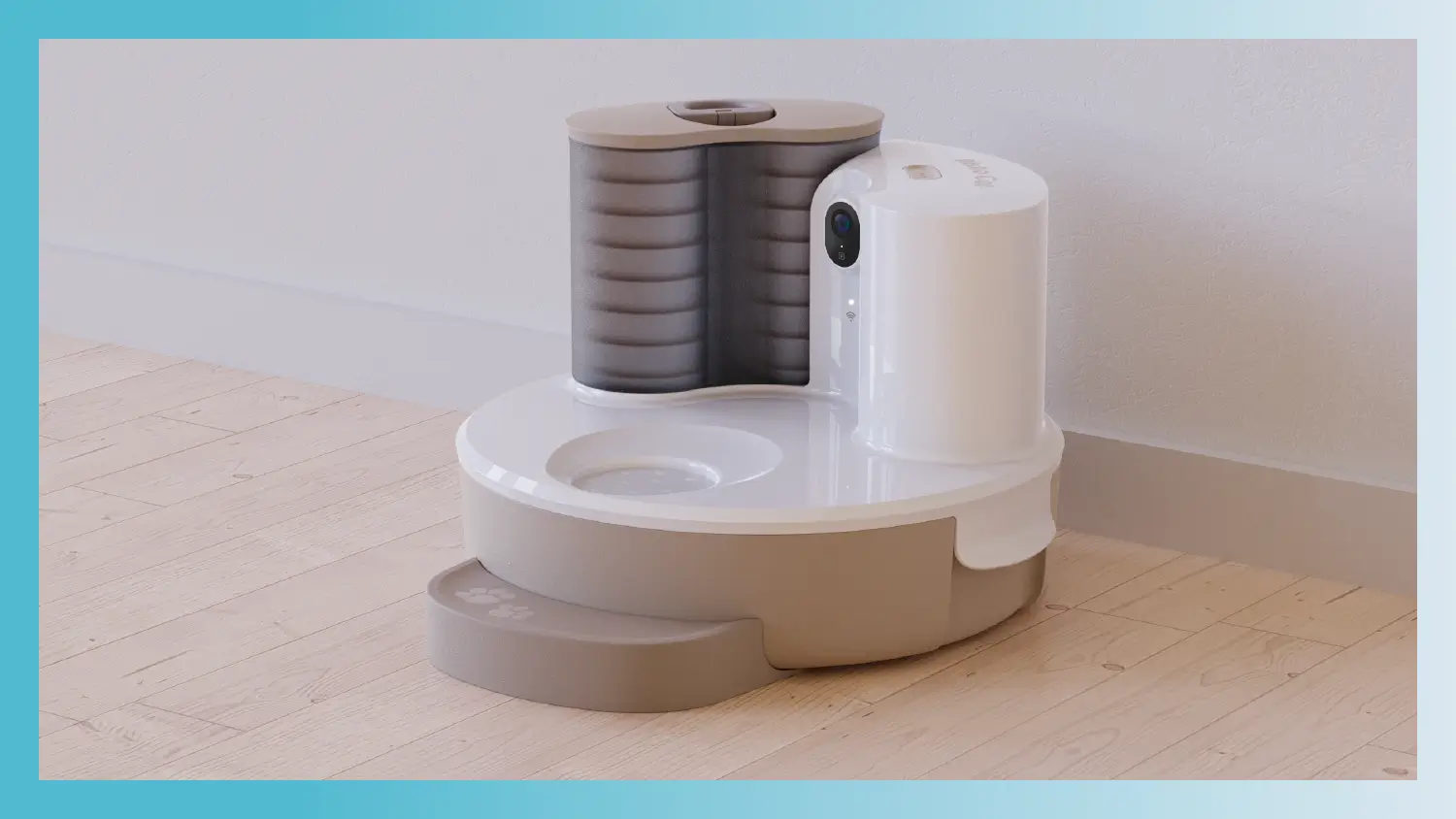
The BistroCat automated cat feeder was designed to solve the challenges of feeding wet food to cats while maintaining freshness and portion control. Traditional feeders often struggle with keeping wet food fresh, leading to waste and inconvenience for pet owners. StudioRed addressed this by introducing BistroPods, pre-portioned wet food containers that eliminate the need for refrigeration while providing precise feeding amounts.
The feeder integrates IoT technology, allowing it to be controlled via a smartphone app. It also has a built-in camera and microphone so owners can see and speak to their furry friends while away. The feeder tracks feeding schedules and analyzes food intake, providing valuable insights into the cat’s health. The final product is a modern design that prioritizes ease of use and ensures cats are fed fresh, healthy meals on time, even when owners are away.
9. Uber Eats Driver App
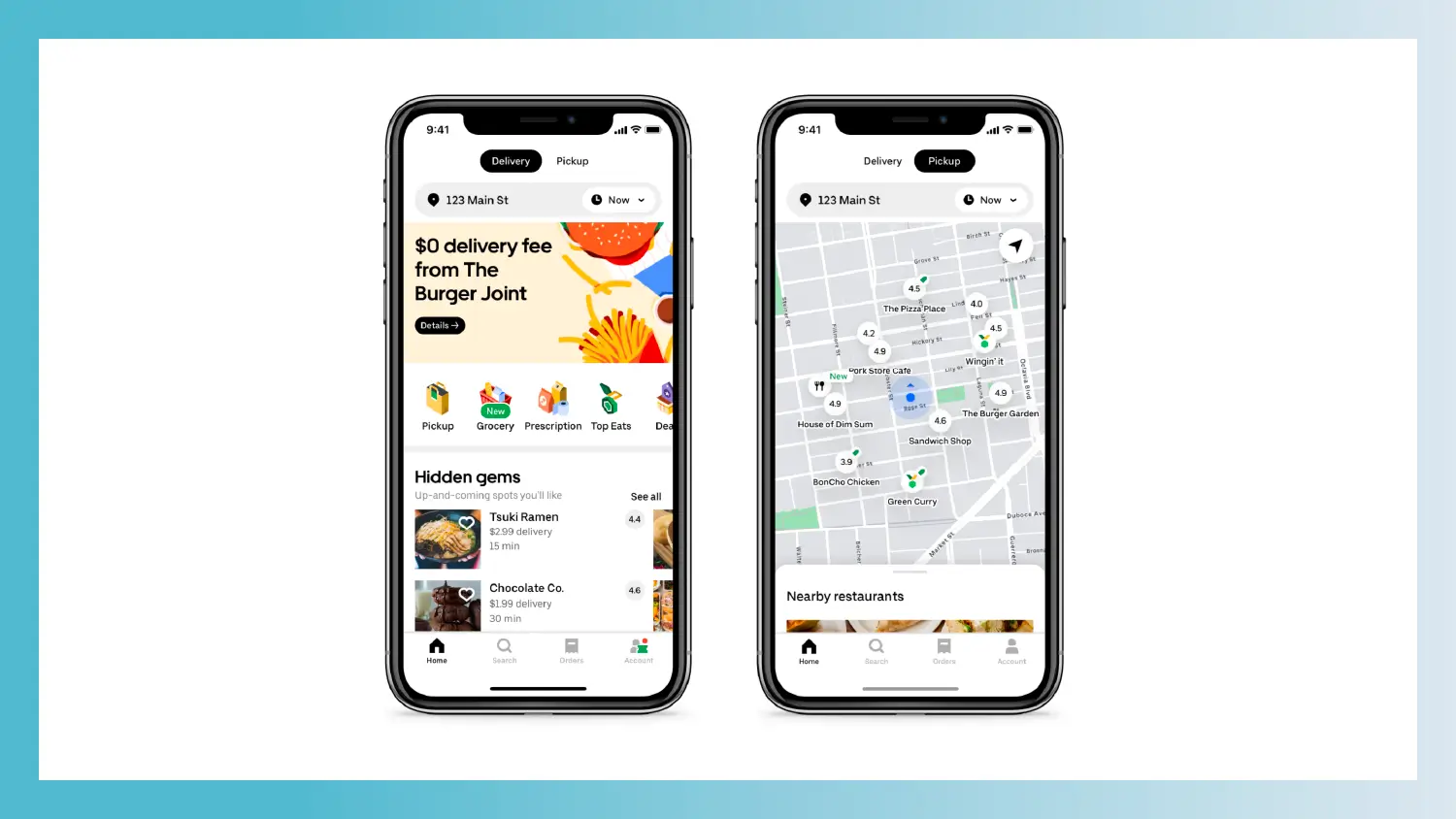
Uber used design thinking to provide Uber Eats drivers and customers with a better experience. They needed to find a way to improve the delivery experience for drivers in crowded urban areas, so they conducted research through their Walkabout Program. This program sent designers and researchers to areas where they operate to immerse themselves in the local food culture, infrastructure, and delivery processes.
One key insight was the difficulty drivers faced finding parking in busy areas. To address this, Uber developed an Uber Eats driver app with step-by-step directions and real-time updates, helping drivers optimize their routes and reduce delivery times. This design thinking strategy improved efficiency for drivers while enhancing the overall customer experience, making Uber Eats a leader in the competitive food delivery market.
10. Bank of America Keep the Change® Program – IDEO
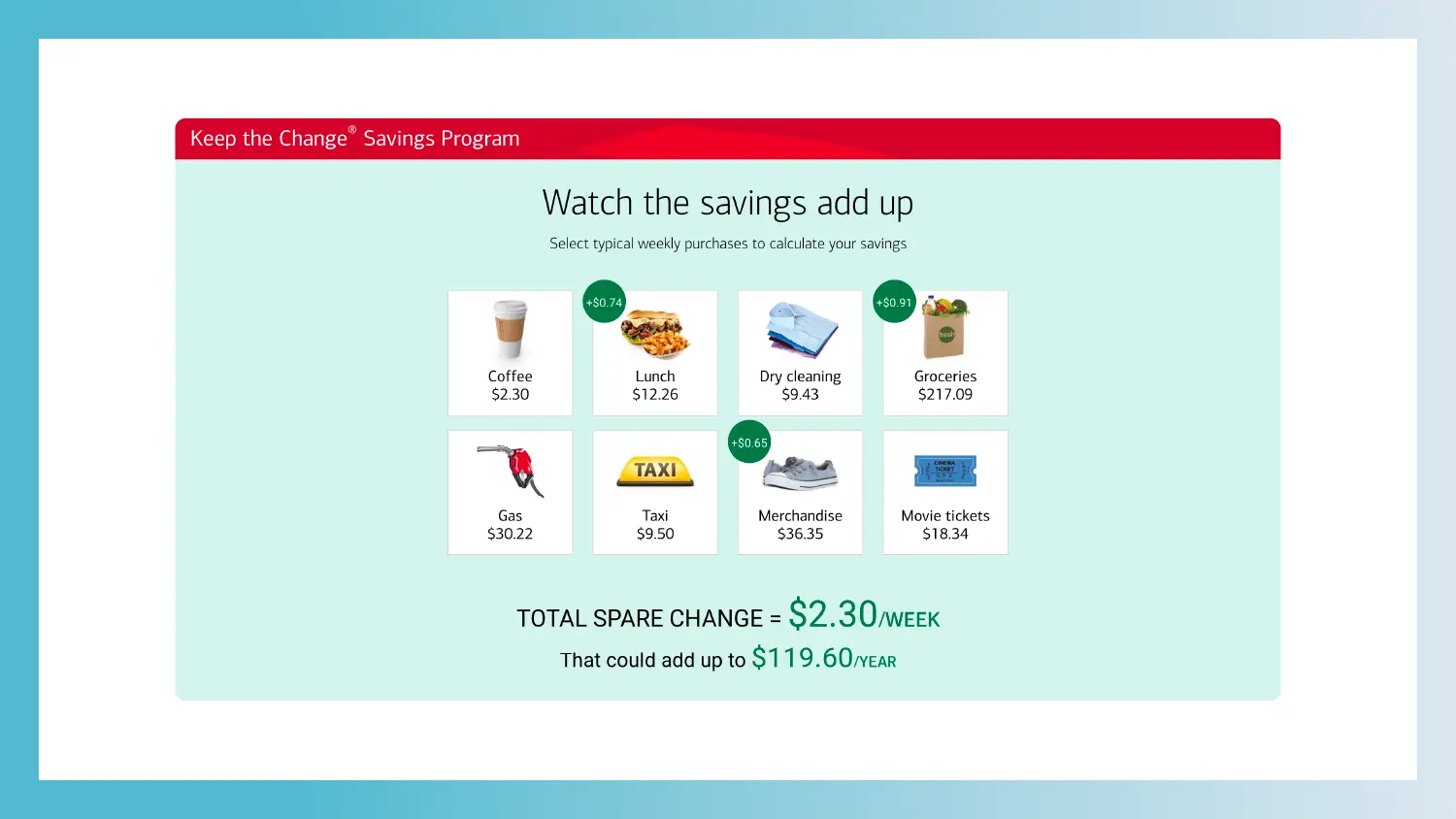
Bank of America partnered with IDEO to encourage customers to save more. Through design thinking research, they discovered that people often rounded up their purchases when writing checks. This observation led to the Keep the Change program, which rounds up debit card purchases and transfers the difference into a savings account.
The program was a massive success, significantly increasing Bank of America customer savings rates. As of 2019, over 12 million customers used the program and saved a total of $2 billion. It’s a prime example of how empathy and observation can lead to innovative financial solutions.
How To Practice Design Thinking
Whether you’re designing a product, service, or process, these steps can help you apply design thinking effectively:
- Think holistically: Step back and consider the broader context of the problem. Try to think about how it fits into the user’s overall experience or the market landscape. For example, when designing a new app, consider how it integrates into users’ daily routines and how it complements existing tools. A holistic perspective ensures your solutions address the root cause, not just the symptoms.
- Look at the problem from different angles: Challenge assumptions and explore diverse perspectives. Ask questions like, “What if the problem isn’t what we think it is?” or “How might we approach this differently?” Brainstorming multiple solutions can encourage creativity and help uncover innovative ideas that might otherwise be overlooked.
- Conduct competitor analysis: Study what others in your industry are doing. Try to understand what solutions competitors tried and where they fell short. Analyzing competitors can reveal gaps in the market and inspire improvements to your own approach. For instance, if a competitor’s product is too complex, you might focus on simplicity and ease of use.
- Engage in user research: A key aspect of being a designer is going out into the world to observe and talk to the people you’re designing for. Ask questions and listen to their pain points. User research helps you understand what people truly need, not just what they say they want. This empathy-driven approach ensures your solutions are grounded in real-world insights.
- Prototype and test early: A major misstep of design thinking is seeking perfection. Build rough prototypes and test them as soon as possible. Early testing helps you gather feedback, identify flaws, and refine your ideas before investing too much time or resources. Remember that failure is part of the process, and each iteration brings you closer to a better solution.
The Power of Partnering With Professional Product Designers
Design thinking is much more than a methodology; it’s a mindset that transforms ideas into impactful solutions. From reimagining everyday products to creating cutting-edge technology, the design thinking examples above demonstrate how a user-centered approach can drive innovation and solve real-world problems.
At StudioRed, we specialize in turning these principles into tangible results, helping businesses create products that resonate with users and stand out in the market. If you’re ready to bring your product to life, partner with the experts here at StudioRed. Get in touch today, and let’s create something extraordinary together.





